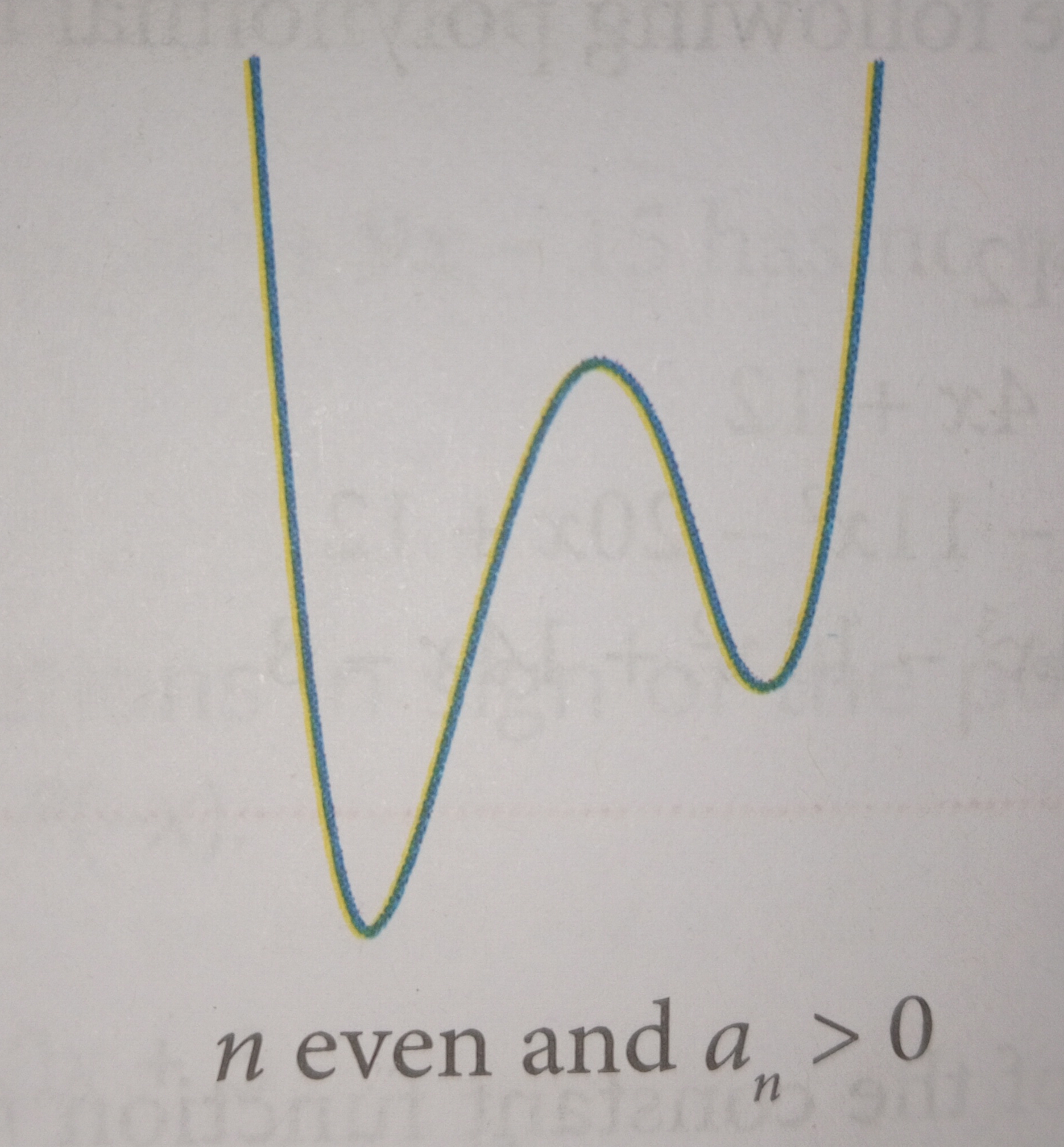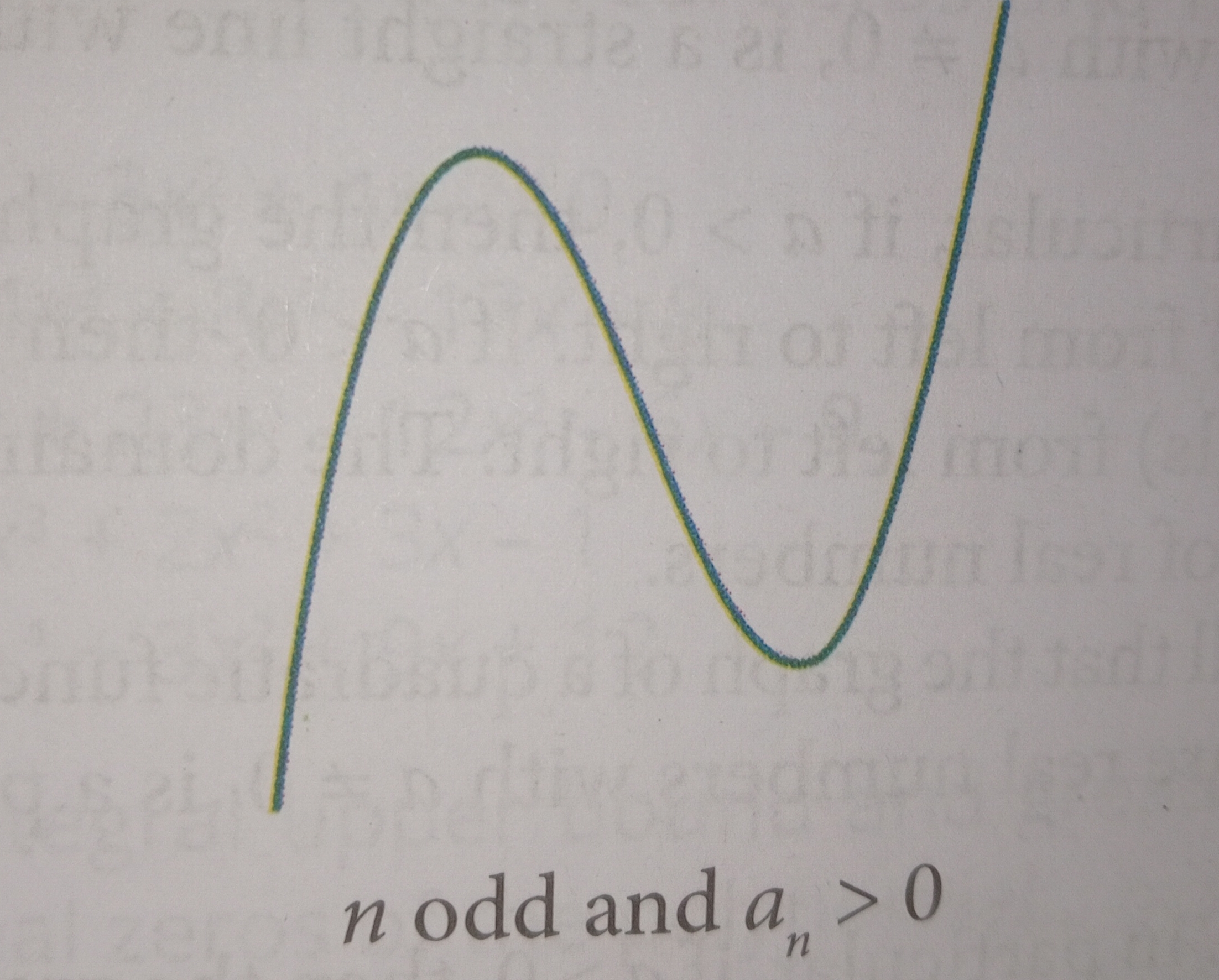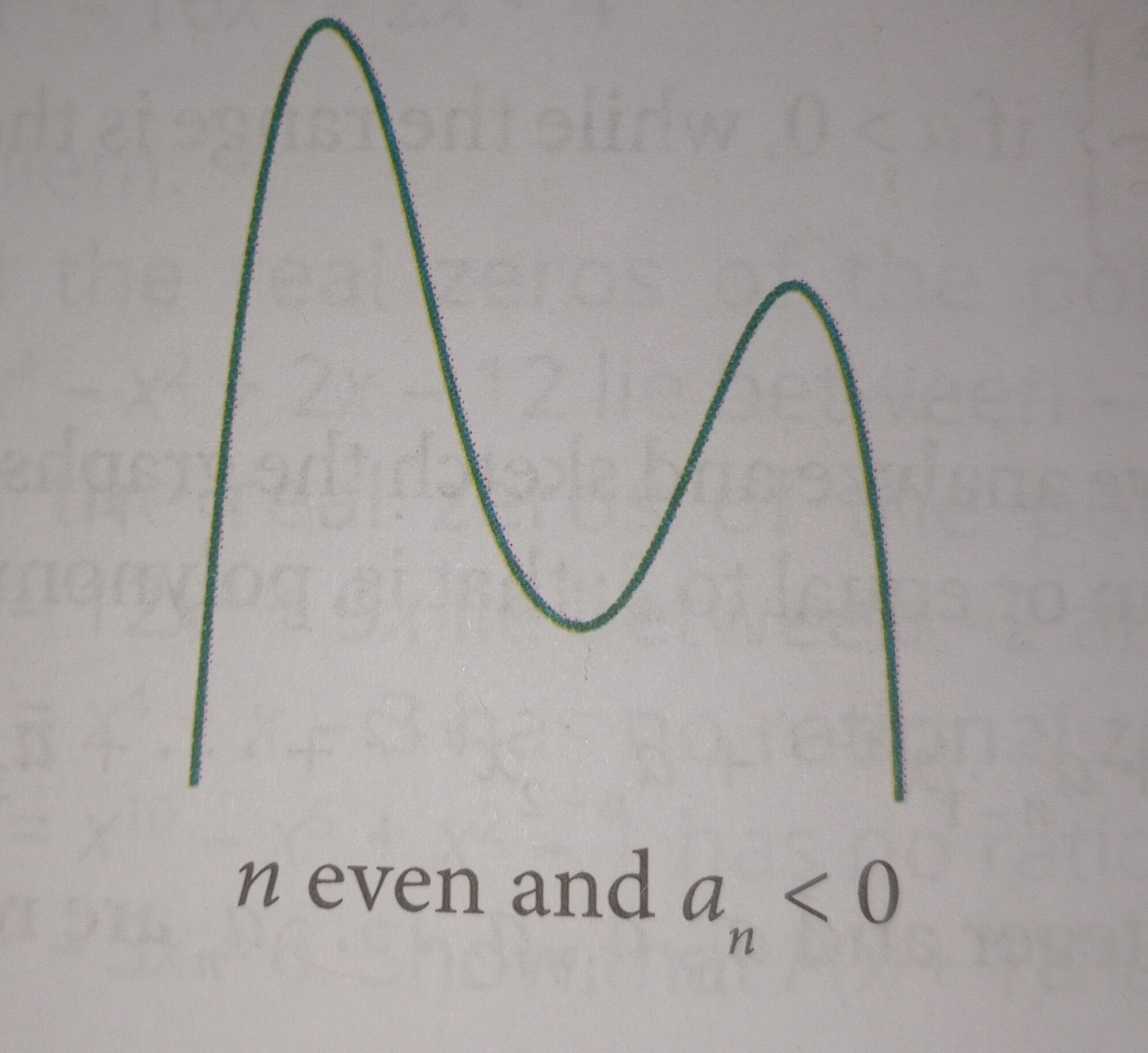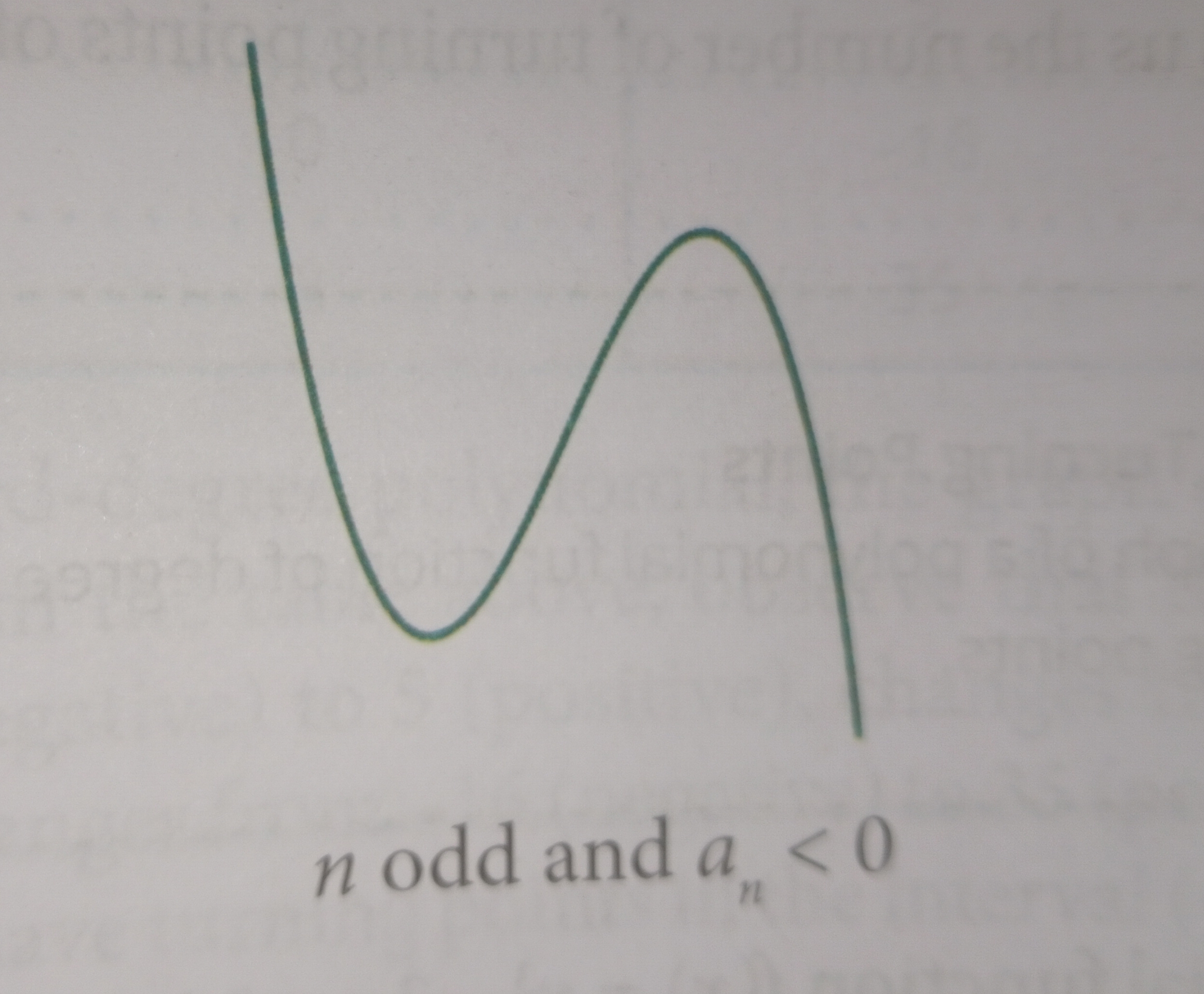Math_2nd QAT
Rational Zero Theorem
Remainder Theorem
If a polynomial P(x) is divided by x-c, where c is a real number, then the remainder is P( c ).
Finds the value of the remainder.
Factor Theorem
A polynomial P(x) has a factor x-c, where c is a real number, if and only if is P( c )=0
Finds if the binomial is a factor of the polynomial.
Rational Theorem
Suppose that the polynomial function P(x)=XXXXXXX has integral coefficients.
If p/q is a rational zero of the polynomial function in lowest terms, where p is a factor of the constant coefficient and q is a factor of leading coefficient.
Factoring Polynomial
It is the inverse process of multiplying polynomials.
Descartes’ Rule of Signs
Rene Descartes
1596-1650
French Mathematician
To determine the number of real zeros of a polynomial function, Descartes’ Rule of Signs can be used.
Descartes’ Rule of Signs
Let P(x) be a polynomial function written in descending powers of x with real coefficients.
The number of positive real zeros of P(x) is either equal to the number of variations in sign in P(x), or is less than that number by a positive even integer.
The number of negative real zeros of P(x) is either equal to the number of variations in sign in P(-x), or it is less than that number by a positive even integer
A polynomial is said to have a variation in sign if two consecutive terms have opposite signs.
Upper and Lower Bound Theorem
Let P(x) be a polynomial with real coefficients and a positive leading coefficient. Suppose P(x) is divided by x-c using synthetic division.
If c>0 and each number in the third row is either positive or zero, then c is an upper bound for the real zeros of P(x).
If c<0 and the numbers in the third row are alternately nonpositive or zero and nonnegative, then c is a lower bound for the real zeroes of P(x)
Lower Bound has negative divisor = + - + - +
Upper Bound has positive divisor = + + + + +
Graphs of Polynomial Functions
Turning Point
A turning point is a curve that is higher or lower than all points located nearby.
This occurs when the function changes from sloping upwards to sloping downwards or vice versa.
Number of Turning Points
The graph of a polynomial function of degree n has at most n-1 turning points.
If the symbols are “>” or “<“, used parenthesis () in the interval , in graphing used open circle.
() - not included
If the symbols are “≥” or “≤”, used brackets in [] the interval, and graphing used shaded circles
[] - included
If the symbols are “>” or “≥”, the solution set are the positive result from the product of signs.
If the symbols are “<“ or “≤”, the solution set are the negative result from the product signs.
Identifying the Graph
Even Degree & Positive Leading Coefficient
The graph of a polynomial function comes down from the left and goes up to the right .
If n is even and an>0.

Odd Degree & Positive Leading Coefficient
The graph of a polynomial function comes up from the left and goes up to the right.
If n is odd and an>0.

Even Degree & Negative Leading Coefficient
The graph of a polynomial function comes up from the left and goes down to the right.
If n is even and an<0.

Odd Degree & Negative Leading Coefficient
The graph of a polynomial function comes down from thee left and goes down to the right.
If n is odd and an<0.

Circles and Related Terms Defined
Circle
A circle is the set of all points having the same distance from a fixed point
The fixed point is at the center
Radius
Radius is a segment having its endpoint the center and a point on the circle
Chord
Chord is a segment whose endpoints lie on the circle
Diameter
Diameter is a chord which passes through a center, and it is the longest chord, and its length is twice the radius
Angle
Central Angle
Central angle is an angle whose vertex is at the center of a circle
Arc
An arc is an unbroken part of a circle
An arc consists of all points on a circle between (and including) two giver points
An arc is denoted by the symbol “rainbow” placed above the endpoints that form the arc
Semicircle
Semicircle is an arc with measure 180 degrees whose endpoints are the endpoints of a diameter
A semicircle is named using three points
The Entire Circle
The entire circle is then the arc intercepted by one complete revolution
The entire circle’s measure is 360 degrees
Minor Arc
A minor arc is an arc which is smaller than a semicircle. ITs measure (and that of its central angle) is less than 180 degrees
A minor arc is named by using only two points, which are the two endpoints of the arc.
Major Arc
A major arc is an arc which is bigger than a semicircle. Its measure (and that of its central angle) is greater than 180 degrees
A major arc is named by using 3 points (sometimes by using only two points) in the same way that we name a semicircle
Arc Addition Postulate
Congruent circles are the circles with congruent radii
Congruent arcs are arc of a circle or of congruent circles that have equal measures
Theorem 3.1.1
In the same circle or two congruent circles, two arc are congruent if and only if their central angles are congruent
Theorem 3.1.2
In the same circle or two congruent circles, two minor arcs are congruent if and only if their chords are congruent
Theorem 3.1.3
A line through the center of a circle bisects a chord if and only if it is perpendicular to the chord
Theorem 3.1.4
In a circle, two chords are congruent if and only if they have the same distance from the center
Inscribed Angle and Intercepted Arc
Inscribed Angle
Inscribed angle is an angle whose vertex lies on the circle and whose sides are determined by two chords
Intercepted Arc
Intercepted arc is an arc that lies in the interior of an inscribed angle
Inscribed Angle Theorem
In a circle, an inscribed angle is half the measure of the central angle intercepting the same arc
Corollary 3.2.1
In a circle, an inscribed angle is half the measure of the intercepted arc
Corollary 3.2.2
In a circle, an inscribed angles intercepting the same arc are congruent
Corollary 3.2.3
An angle inscribe in a semicircle is a right triangle
Corollary 3.2.4
If a quadrilateral is inscribed in a circle, any two opposite angles are supplementary, angle inscribe in a semicircle is a right triangle